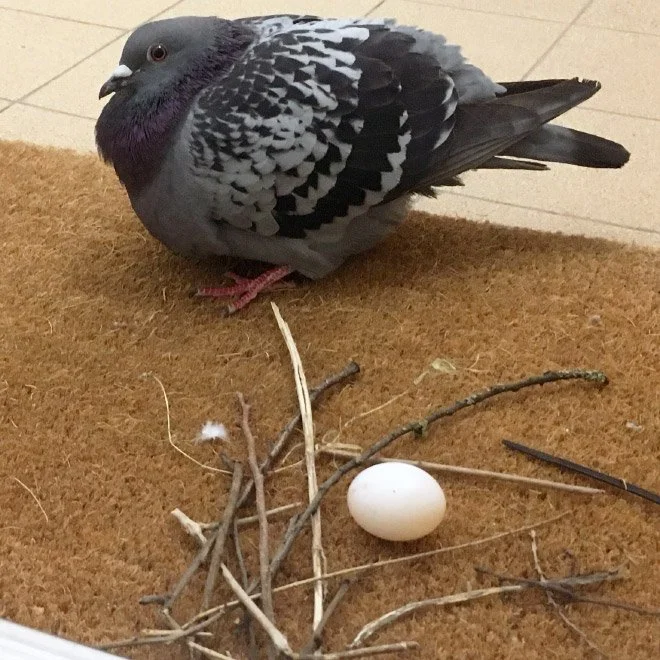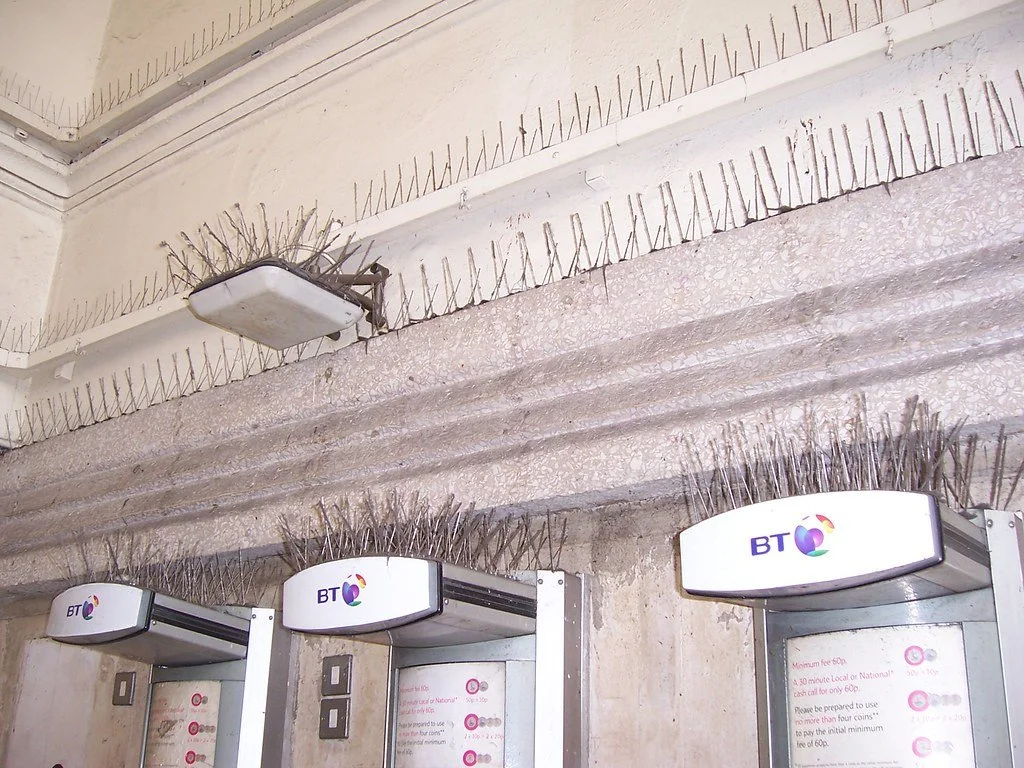Creatures of Instinct
We try to be creatures of instinct, to work in a way that follows an intuition we have to trust is there. Animals are born with an innate knowledge of systems, places and processes; a beaver knows how to build a dam, a spider’s web is linked to their direct lineage - generational knowledge passed down. In design, this awareness is seen as the pinnacle; to pre-empt the exchange that will take place between the user and the object and design in response.
Despite this, in our constructed world of enclosures, systems and infrastructure, we can obstruct and overcomplicate the ability to act by instinct. If anything, we create environments that exist at odds to animals, rather than with them. In a city as dense as London, we cohabit alongside people and species alike, with varying degrees of hostility and openness.
Sometimes, there’s moments of connection between the two - a fleeting point where the systems of human structure and feral bodies form a partnership - maybe the beginning of a lasting exchange. The Tower of Babel style birdhouses that swaddle the trees of Clerkenwell, the ever-amusing fish doorbell which grants safe passage through the canals of Utrecht, or in our case; a mounted fox ladder for intrepid inner-city foxes. When our daily life is increasingly globalised and vast, there’s comfort in positioning ourselves within these small ecosystems. More than this, it’s essential we all see ourselves as an integral part of this interconnected system in order to act consciously and responsibly.
It’s not about oversimplifying, to act as an animal is to position yourself in an expansive web of contexts, chains (food, supply, material), regrowth, seasons and systems: much like the environment of design. As a studio, it can feel we’re swimming upstream, but together we find joy in this flow state.
Visuals from the Visdeurbel (Fish doorbell)
Estate agent signs being repurposed as bird feeder branches.




